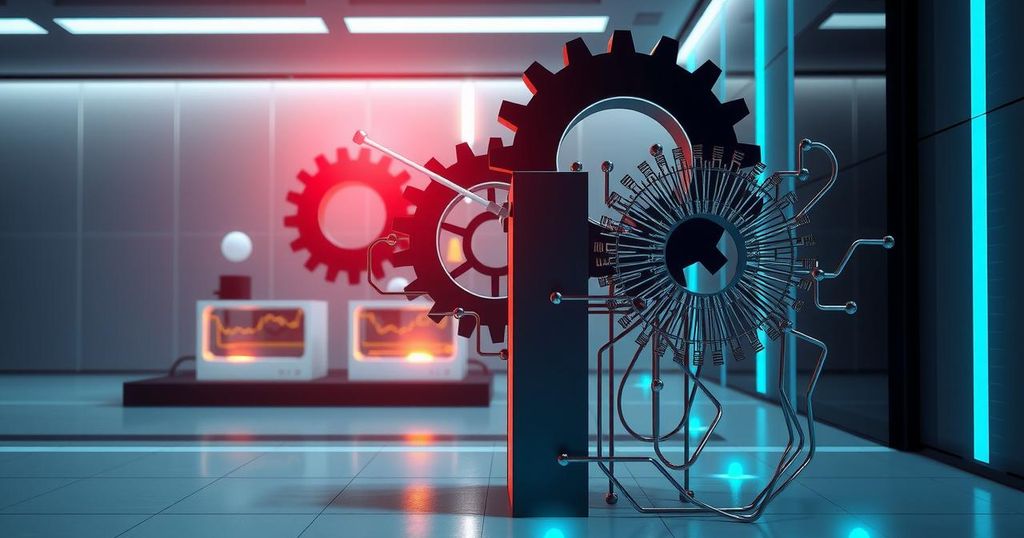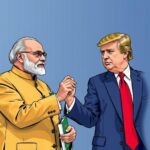Strengthening Indo-U.S. Defense Cooperation: Key Developments and Future Prospects
India’s Prime Minister Narendra Modi and U.S. President Donald Trump have reaffirmed their commitment to a deepening defense partnership, focusing on increased American arms acquisitions and easing technology restrictions. This partnership is expected to lead to significant military collaboration, enhanced capabilities, and joint initiatives within the Indo-Pacific region, reflecting a strategic alignment that has developed over the past two decades.
In a significant step towards strengthening defense ties, Indian Prime Minister Narendra Modi and U.S. President Donald Trump affirmed their commitment to cultivating a robust defense partnership. This partnership involves increased procurement of American military equipment and potential engagement in nuclear commerce, while the U.S. is contemplating easing technological restrictions that have previously limited sales.
As both nations prepare to unveil a new ten-year framework for their defense partnership, leaders are optimistic about deepening their collaboration. Modi emphasized that U.S. support is vital for India’s defense capabilities, while Trump projected that India would procure “billions of dollars” of American defense equipment.
The joint statement highlights notable acquisitions by India, including various aircraft and missile systems, establishing a clear intent for enhanced integration of U.S. defense items. Both leaders have agreed to expand defense sales and foster co-production to improve interoperability between their forces.
Plans for future procurements indicate a proactive approach: by 2025, new arrangements for Javelin and Stryker systems are expected, alongside the completion of additional P-8I aircraft to enhance India’s maritime surveillance capabilities.
Recognizing India’s status as a major defense partner, the statement outlines a commitment to reviewing arms transfer regulations to streamline defense trade and technology exchange. There exists a notable shift in U.S. willingness to relax technology transfer policies, contingent upon addressing American concerns regarding India’s ties with adversaries like Russia.
Efforts to broaden technology cooperation were encapsulated in the TRUST initiative, aiming to eradicate barriers to technology transfer, thereby enhancing defense capabilities across multiple domains. The inclusion of fifth-generation fighter capabilities in discussions represents a notable breakthrough, reflecting a potential for significant military advancements for India.
India and the U.S. also announced a new initiative, the Autonomous Systems Industry Alliance, aimed at enhancing industry partnerships in the Indo-Pacific. Collaborative projects between notable companies will focus on advanced military technologies to bolster regional security.
Furthermore, military cooperation is set to escalate through improved training, exercises, and operations. Discussions included logistics and intelligence sharing efforts to facilitate overseas deployments and humanitarian relief operations, marking a potential turning point in their strategic collaboration in the region.
The past two decades have seen India emerge as a significant buyer of U.S. defense equipment, markedly transforming military operational dynamics between the two nations. As both leaders exhibit trust and flexibility in their approach, the trajectory for U.S.-India defense relations appears poised to intensify in the forthcoming decade, fostering enhanced security cooperation.
In summary, the commitment displayed by Prime Minister Modi and President Trump marks a critical evolution in U.S.-India defense relations. By enhancing procurement, technology transfers, and collaborative initiatives, both nations aim to solidify their strategic partnership. The anticipated developments across multiple defense domains underscore their shared goal of advancing regional security and military capabilities.
Original Source: www.hindustantimes.com








Post Comment